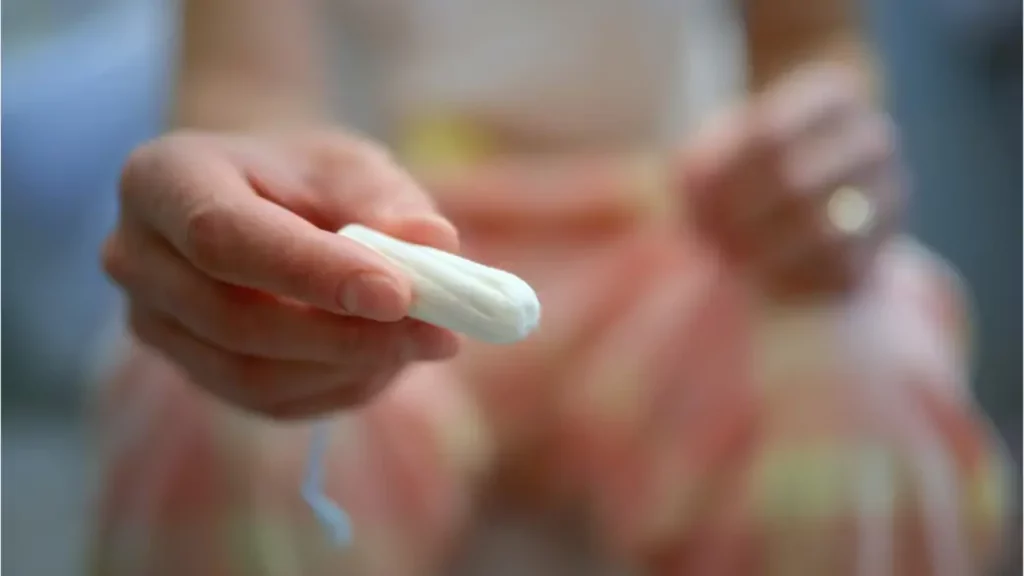Menstrual poverty is a concern capable of preventing people from carrying out their activities in Hamilton and communities worldwide. In simple terms, it is a situation when a person can not afford the cost of the hygiene products that are used during menstruation due to financial difficulties; poor health conditions, and psychological or social problems may be a result. This blog post will delve into the role of the period issue in Hamilton. I will discuss the initiatives of some Non-Profit Organizations in Hamilton regarding the issue. Utilizing their special activities, the facilities are aiming at making the hidden of period poverty issues appear in the light. They are engaged in arranging a society that is equitable to all the entities.
Understanding Period Poverty
Factors contributing to period poverty:
Menstrual inequality has many aspects. Firstly, there is difficulty accessing sanitary products. Additionally, there’s a lack of adequate information on menstrual health. Moreover, poverty creates hurdles to purchasing necessary hygiene items.
Impact on individuals and communities:
Menstrual poverty risks health, both physical and mental. It causes absences from school or work. It affects performance efficiency. Additionally, it leads to emotional discomfort or embarrassment. Moreover, it perpetuates community poverty.
Intersectionality with other forms of inequality:
As sexual and reproductive health disrupts the education and employment opportunities for girls, period poverty aggravates inequality in gender, socio-economic status, and healthcare. Those at the bottom of the socioeconomic scale, comprising women, girls, and gender nonconforming persons, suffer the highest adversities.
Current Initiatives and Challenges
Existing programs and organizations addressing period poverty:
Moreover, numerous organizations and programs in Hamilton are actively addressing period poverty. They supply affordable menstrual products, provide education, and advocate for policy change.
Challenges faced in addressing the issue effectively:
Efforts made to overcome period poverty are also overwhelmed by the existing issues. These include inadequate finance flow into the programs and the fact that many people still lack knowledge. Moreover, understanding the topic and existing cultural beliefs surrounding menstruation hinders progress.
Strategies for Change
Policy advocacy for menstrual equity:
The principles of menstrual equity include ensuring adequate supplies of menstrual products, such as tampons and pads, in schools, workplaces, and other public spaces.
Community-based interventions and support networks:
Moving forward through the community action programs, which are going to reflect grassroots initiatives, like community-controlled distribution programs and support groups, will help the community find a solution for the immediate needs of those people who cannot afford period products.
Education and awareness campaigns:
Period poverty is a pressing problem in Hamilton, therefore the following measures, such as raising awareness concerning menstrual health and hygiene, removing the stigma, and advocating inclusive language and practices are the key to the solution.
Collaborative Efforts and Partnerships
Collaboration between government, NGOs, and community groups:
Intricate activities of government agencies, non-profits, and community groups will determine how well or not the complete solution to the period of poverty will be effective.
Importance of grassroots initiatives and community involvement:
Instituting local communities to the leadership of own-initiated endeavors targeting the elimination of period poverty denotes sustainability and assuring that the solutions are suitably crafted to address the distinctive needs available in the locality of Hamilton.
Shattering the stigma and overcoming cultural barriers:
Destigmatizing menstruation through open dialogue:
Frank and straightforward talks about menstruation can combat social norms and prejudice as well as provide a foundation for acceptance and comprehension.
Addressing cultural taboos and misconceptions:
Providing workshops about the biology and culture of the menstrual cycle in communities can decrease misconceptions and myths, ultimately eliminating stigma and access to menstrual products.
Ensure the Access to Menstrual Products
Importance of affordable and accessible menstrual products:
Making sure that menstrual products are accessible and not overpriced so that they can be found in every school, workplace, and community space is the only way that we can solve period poverty and contribute to menstrual health.
Implementing sustainable solutions for long-term access:
Such solutions as reusable menstrual products, community-based distribution programs, and government subsidies for low-income families can be employed to ensure possible menstrual goods are available in Hamilton in the long run.
Empowering Individuals and Communities
Supporting menstrual health education and self-care:
The coherent and extensive menstrual health instruction and ongoing nature care application make it possible for people to take much better care of their menstrual health which also allows them to advocate for their needs.
Fostering economic empowerment and social support networks:
It is also vital to offer the individuals experiencing the period of poverty a chance of economic empowerment, and that can be achieved by way of offering them job training programs and financial assistance. Furthermore, empowering social support networks can also help individuals build their resilience as well as improve their overall well-being.
How to Rock Out Your Menopause(Opens in a new browser tab)
Conclusion:
Through implementing a multi-dimensional strategy targeting period poverty through advocacy, education, and community relations, Hamilton can ultimately contribute to the formation of a fair and equitable society considering that everyone has access to the menstrual and other vital resources needed to thrive. If you would like to learn more about the non-profits tackling the issue of period poverty in Hamilton, and the ways to get involved, visit here for related posts. In that case, that features different posts with the inspiring works done by the organizations in the community.
